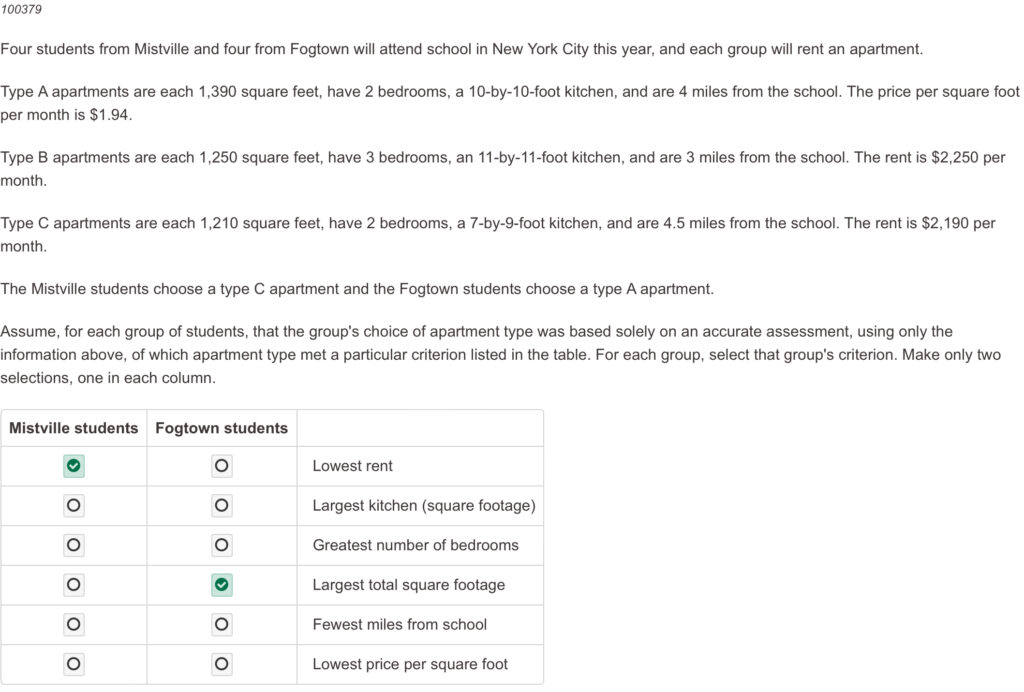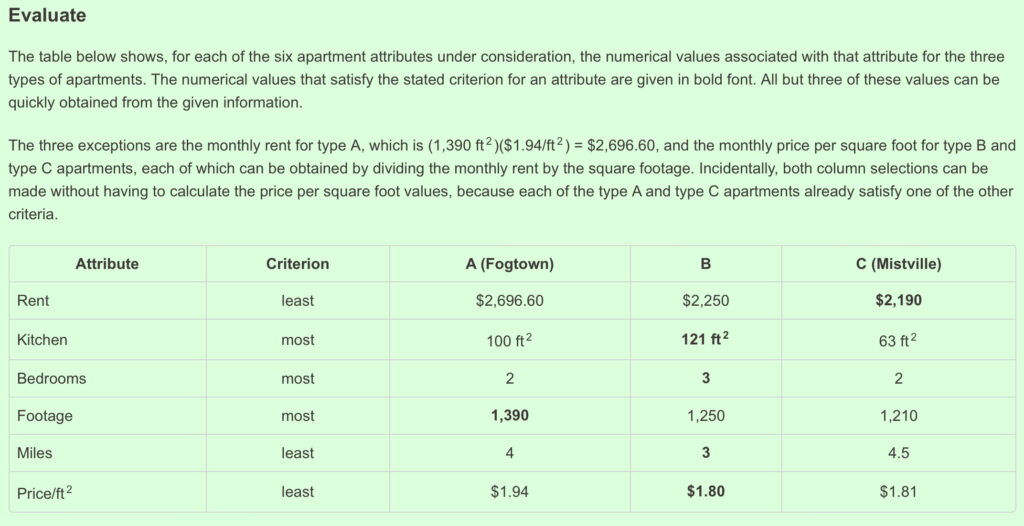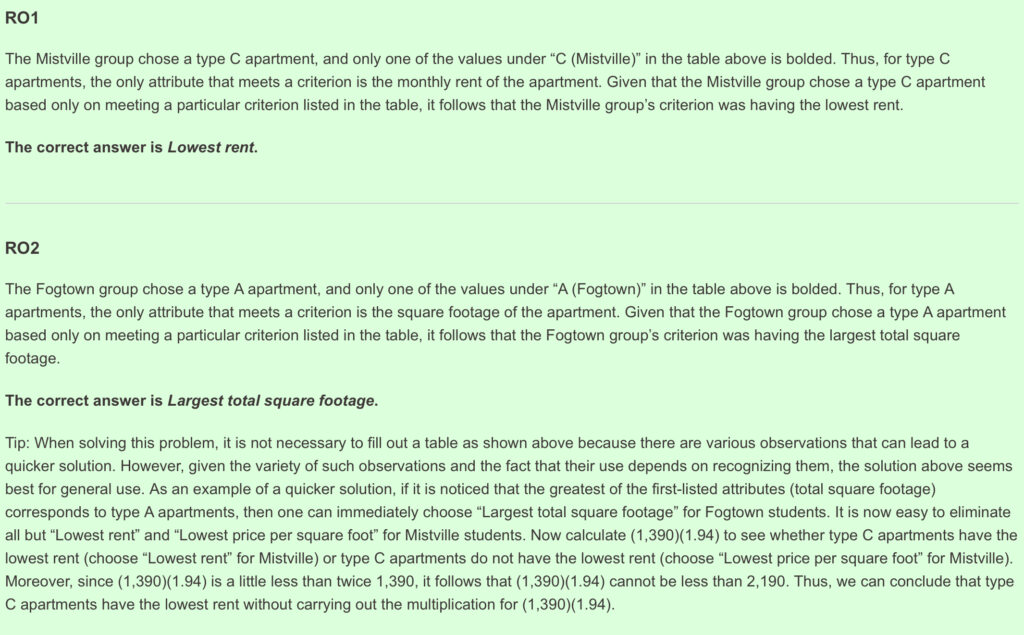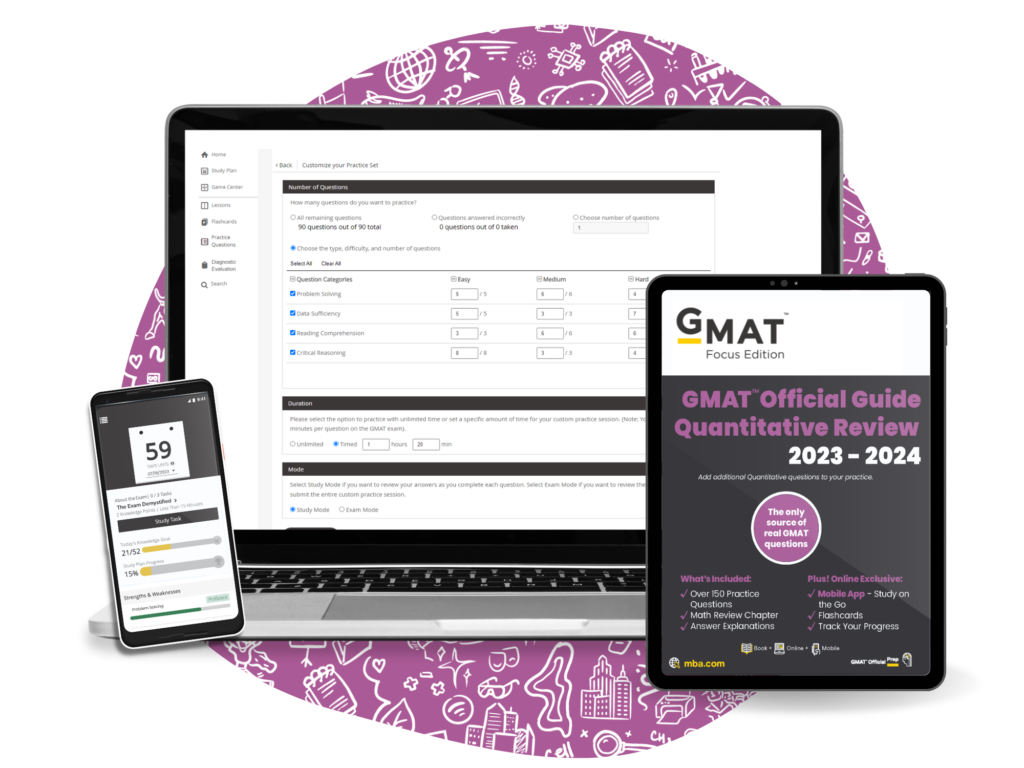Cracking the GMAT test might feel like scaling Mount Everest for many would-be business professionals, but fear not! With adequate resources and proper preparation, you have the ability to transform these formidable mountains of percentages, fractions, and algebraic equations into manageable molehills. When it comes to the GMAT, one area where most people struggle is the Quantitative section. GMAT Math.
Our GMAT Focus Edition guide is specifically designed to put powerful, practical and effective tactics at your disposal to facilitate your understanding of GMAT’s math syllabus. The guide aims at equipping you with the knowledge required to navigate confidently through both the GMAT problem-solving and data sufficiency type questions, paving the path to a high score in the quantitative section.
In the following sections, we’ll present an in-depth, step-by-step study plan, specialized tips for addressing unconventional GMAT data sufficiency questions, problem-solving tactics, and a comprehensive examination of GMAT’s quantitative data.
Understanding the Structure of GMAT Quantitative Section
Knowing the types of questions posed in this section can aid in your strategic study process. Typically, you will encounter Problem Solving and Data Sufficiency questions. Clear understanding and application of these concepts can be your winning strategy rather than rote memorization.
Let’s take a closer look at these types of problems.
Problem Solving Questions
In these inquiries, you’re required to apply your mathematical knowledge and reasoning to reach a solution. This serves as a valid test of your ability to analyze a problem, contemplate various possibilities, and select the most suitable solution. A deep understanding of the underlying mathematical concepts is often more advantageous than quick problem-solving skills in such scenarios.
Data Sufficiency Questions
Unlike problem-solving questions that require a definite answer, data sufficiency questions assess your ability to determine whether enough data has been provided to solve a problem. Your task is to ascertain whether the information given is adequate or if additional data is necessary to reach a conclusion.
Here’s a quick tip – these questions don’t always necessitate finding the exact answer; instead, they emphasize the process of evaluating information.
Keep in mind, this is a quantitative reasoning test, which places a significant emphasis on your reasoning skills. Thus, mere proficiency in simple calculations may not yield the desired score; the ability to logically and coherently respond to the questions will play a crucial role.
Data Insights Questions
Topics covered in the Data Insights section encompass a wide range of quantitative and verbal skills.
Logical reasoning holds significant importance, and you’ll encounter plenty of data analysis and specific problem types aimed at testing your abilities to the fullest.
When it comes to your study strategy, a key ingredient for achieving success in GMAT Math is aligning your studies with the appropriate quantitative concepts and practicing effective problem-solving strategies.
QUESTION


ANSWER

GMAT Math: Essential Concepts and Skills
- The GMAT quantitative section is not purely a mathematics test, but rather an examination of your quantitative reasoning skills.
- It primarily focuses on Arithmetic, Algebra, and Word Problems, emphasising on your ability to interpret data, apply mathematical knowledge, and reason critically.
- GMAT math problems are skillfully designed to resemble real-world scenarios. Rather than purely testing raw wisdom, the problems demand logical reasoning, making the test a true evaluation of problem-solving capabilities.
- Contrary to traditional thinking, scoring well in GMAT math is not about mindless rote memorization but understanding and learning the necessary quantitative concepts.
- Topics on Arithmetic, Algebra, Statistics, Problem-solving, and Number properties are frequently tested in the GMAT math section.
- Among the tested topics, Word Problems and Integer Properties are often the most recurring concepts.
- The GMAT Quantitative Section’s score is reflective of your proficiency in these areas of knowledge and your ability to skillfully apply them.
- Under the ‘Data Insights’ section, your ability in all quantitative skills, verbal abilities, data analysis, logical reasoning, and specific problem types is thoroughly assessed.
GMAT MATH Syllabus
Let’s examine the proportionate importance of GMAT Math topics as outlined in the syllabus:
- Algebra: 21%
- Ratio and Proportion: 15%
- Percents: 9%
- Combinatorics: 14%
- Probability: 5%
- Sets and Venn Diagrams: 5%
- Series and Sequences: 6%
- Cartesian Plane: 7%
- Work-Rate Problems: 3%
- Speed-Rate Problems: 7%
- Statistics: 8%
The weightage provides insight into the relative number of questions you can anticipate from each topic on the GMAT Math section. A higher weightage doesn’t necessarily imply that a topic is more difficult; rather, it typically signifies the significance of comprehending that area for business school coursework.
An Easy and Typical Example (Official Guide GMAT)
A grocery store bought x pounds of produce for p dollars per pound. After discarding y pounds due to spoilage, the remaining produce was sold for s dollars per pound. Which of the following expressions represents the gross profit from the sale of the produce?
a) (x − y)s − xp
b) (x − y)p − ys
c) (s − p)y − xp
d) xp − ys
e) (x − y)(s − p)
Solution:
Let’s break down and address this step by step. To determine the gross profit from the sale of the produce, we first calculate the total cost of the groceries. This is straightforward: it’s the weight of produce bought, denoted as ‘x’, multiplied by the purchase price per pound, denoted as ‘p’. Mathematically, the total cost is expressed as ‘xp’.
Next, let’s ascertain how much produce was actually sold. Initially, the grocery store had ‘x’ pounds of produce, but ‘y’ pounds were discarded. Therefore, the amount sold is ‘x – y’ pounds.
We can then calculate the revenue from selling these goods. The groceries were sold at ‘s’ dollars per pound, and ‘x – y’ pounds were sold. Hence, the revenue from the sales is ‘s’ times ‘x – y’, or ‘s(x – y)’.
It’s important to remember that gross profit equals the total revenue minus the initial cost. In mathematical terms, this gives us ‘s(x – y) – xp’.
Applying the analytical and logical skills required in GMAT Quantitative Reasoning, we conclude that the gross profit on the sale of the produce is represented by the expression ‘s(x – y) – xp’.
The correct answer is A.
Keep practicing, and remember, you have an average time of 2 minutes per problem to solve questions in the GMAT Quantitative section. You’ve got this!
A Data Sufficiency (not so easy) Question
Is the positive integer ( n ) expressible as the sum of two distinct positive prime numbers?
1) ( n ) is greater than 3.
2) ( n ) is odd.
Solution:
If ( n = 5 ), then ( n = 2 + 3 ), where 2 and 3 are distinct positive prime numbers.
However, if ( n = 11 ), ( n ) can be written as the sum of the following pairs of positive numbers: 1 + 10, 2 + 9, 3 + 8, 4 + 7, and 5 + 6. In none of these cases are both addends prime. Thus, this statement alone is not sufficient.
Statement (2) tells us that ( n ) is odd, but the same examples used to show that Statement (1) is insufficient also satisfy Statement (2). Therefore, Statement (2) alone is not sufficient.
When considered together, the examples used to demonstrate the insufficiency of Statement (1) also illustrate that Statement (2) is insufficient. Thus, even when both statements are combined, they do not provide enough information.
The correct answer is E; both statements together are still not sufficient.
Common Pitfalls in GMAT Quantitative Section and How to Avoid Them
Excessive reliance on memory: The biggest secret to success in GMAT math is not merely memorizing formulas, but instead, understanding and strategizing for problem-solving using the correct quantitative concepts. Rote memorization can sometimes lead you astray, especially in the data sufficiency portion. Cultivate a deeper comprehension of the principles instead—it’s your ultimate weapon in this battle.
AVOID FLASH CARDS
Underestimating the value of time management: In the GMAT quantitative section, there are 31 questions to answer within a 62-minute timeframe. Success doesn’t just rely on knowing how to solve the questions but also on solving them efficiently within the allocated time. Quick decision-making and ample practice in problem-solving within a timed setting are essential components for achieving success.
Ignoring basic concepts: The GMAT Quantitative section assesses your quantitative reasoning skills by drawing on fundamental math concepts typically learned in middle and high school, such as arithmetic, algebra, and statistics. It’s crucial not to underestimate the importance of these basic concepts. Strengthening your foundation in them can streamline the process of solving the more complex questions on the GMAT.
No Calculator Mismanagement: The use of calculators is strictly forbidden in the GMAT Quantitative Section. Therefore, it’s vital to practice manual calculations during your preparation phase. It’s not just about solving the problems; it’s also about becoming proficient in solving them without a calculator. Ensure you’re fully accustomed to this before your test day.
Calculator is allowed in Data Insights Session
Incorrect Data Interpreting: The Data Sufficiency questions test your data interpretation skills and your ability to determine whether the information provided is sufficient to answer a question. Be sure not to rush, make sure you thoroughly read and understand the data provided in the question before jumping to the solution.
Remember, acknowledgement of these common pitfalls is the first step to avoid them. Make sure your preparation strategy is built around avoiding these missteps for a triumphant end result.

